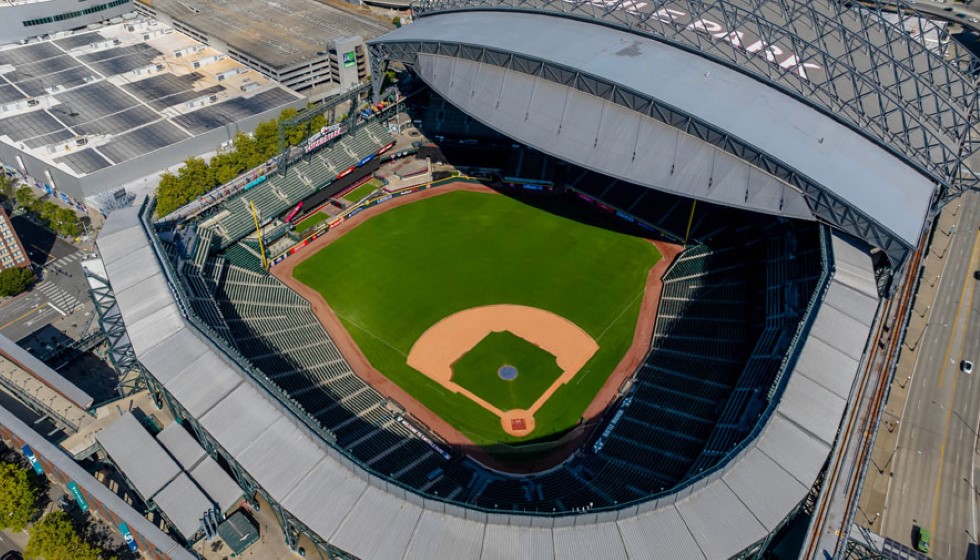
Ajay Stone strolled around historic Rickwood Field, admiring tributes displayed in honor of Willie Mays and other Negro Leaguers. Stone held a cherished memory close to his heart—a picture from 2004 featuring Mays holding Stone's then-10-month-old daughter, Haley, who was donned in San Francisco Giants gear. In Mays' hand was a chunk of a chocolate chip cookie, which he offered to Haley.
Stone and his wife, Christina, made the journey from Charlotte, North Carolina, to Birmingham, Alabama, for a moment they deemed equally special. It was hours before Rickwood Field was set to host its first Major League Baseball game between the Giants and St. Louis Cardinals. The event was labeled "A Tribute to the Negro Leagues" by MLB, intended to honor the legacies of Mays and other Black baseball greats who left an indelible mark on the sport.
Tributes and Tears: Honoring Willie Mays
MLB planned a week of activities centered on Mays and the Negro Leagues, including the unveiling of a Willie Mays mural in downtown Birmingham on Wednesday. However, these tributes took on a deeper significance when Mays died at the age of 93 on Tuesday afternoon, two days before the historic game. As news of his passing spread throughout Birmingham, celebrations of his life intensified.
The atmosphere at Rickwood Field on Thursday was electric even before fans reached the ballpark. The rhythmic thumping of a drum echoed inside the ballpark, and excited murmurs from fans mixed with bursts of laughter, heightening the grandeur of the event.
Inside the ballpark, history was palpable. Photographs and artifacts of baseball Hall of Famers who played at the 114-year-old field—such as Jackie Robinson, Josh Gibson, and Satchel Paige—adorned the walls. The original clubhouse of the Birmingham Black Barons, where Mays began his professional career in 1948, was open to the public. A memorial dedicated to Mays greeted visitors with bobbleheads, a signed glove, and his jerseys from both the Black Barons and the San Francisco Giants on display.
Fans Relive History
Outside, fans lined up to hold a baseball bat used by Mays in 1959 and posed for photos inside an original bus from 1947, used during barnstorming tours by Negro Leagues teams. The air was festive as fans danced to live music and enjoyed food from concession stands designed to evoke the 1940s atmosphere.
Eddie Torres and his son Junior, both lifelong Giants fans from California, wore matching Giants jerseys as they took pictures inside the ballpark. Musical artist Jon Batiste played a guitar and danced on a wooden stage near home plate just before the first pitch. Fans rose to their feet as former Negro Leaguers were escorted to the field for a pregame ceremony. Shouts of "Willie! Willie!" erupted following a brief moment of silence.
Echoes of the Past
Michael Jackson, a former player in the 1970s and 80s with the East Thomas Eagles of the Birmingham Industrial League, sat in the stands at Rickwood Field, filled with nostalgia. Jackson's baseball journey had brought him to Rickwood Field multiple times, and he was thrilled that it remained standing.
"It's nice seeing them redo all of this instead of tearing it down," Jackson said. "We played in the same ballpark they named after Willie Mays out in Fairfield, Alabama. I had my times out here playing at this ballpark. It's all very exciting."
Memories and Reflections
Ajay Stone reflected on his memories with Mays. "Willie gave her that cookie. She had no teeth. But we took the cookie and kept it in her stroller for a year and a half. The great Willie Mays gave it to her, so it was special to us," he shared.
Another fan remarked, "I never even got to see Willie Mays play, but as a Giants fan, you knew what he meant to the game of baseball."
"The legacy of Willie Mays transcends generations," said Eddie Torres. "My son, he's only 11. Willie Mays had such an effect on the game that even he knew who Willie Mays was."
As the game commenced and the crowd roared, it was evident that Rickwood Field was more than just a ballpark for that evening. It was a living museum, a time capsule capturing the essence of a bygone era while honoring the life and legacy of one of baseball's greatest icons, Willie Mays.